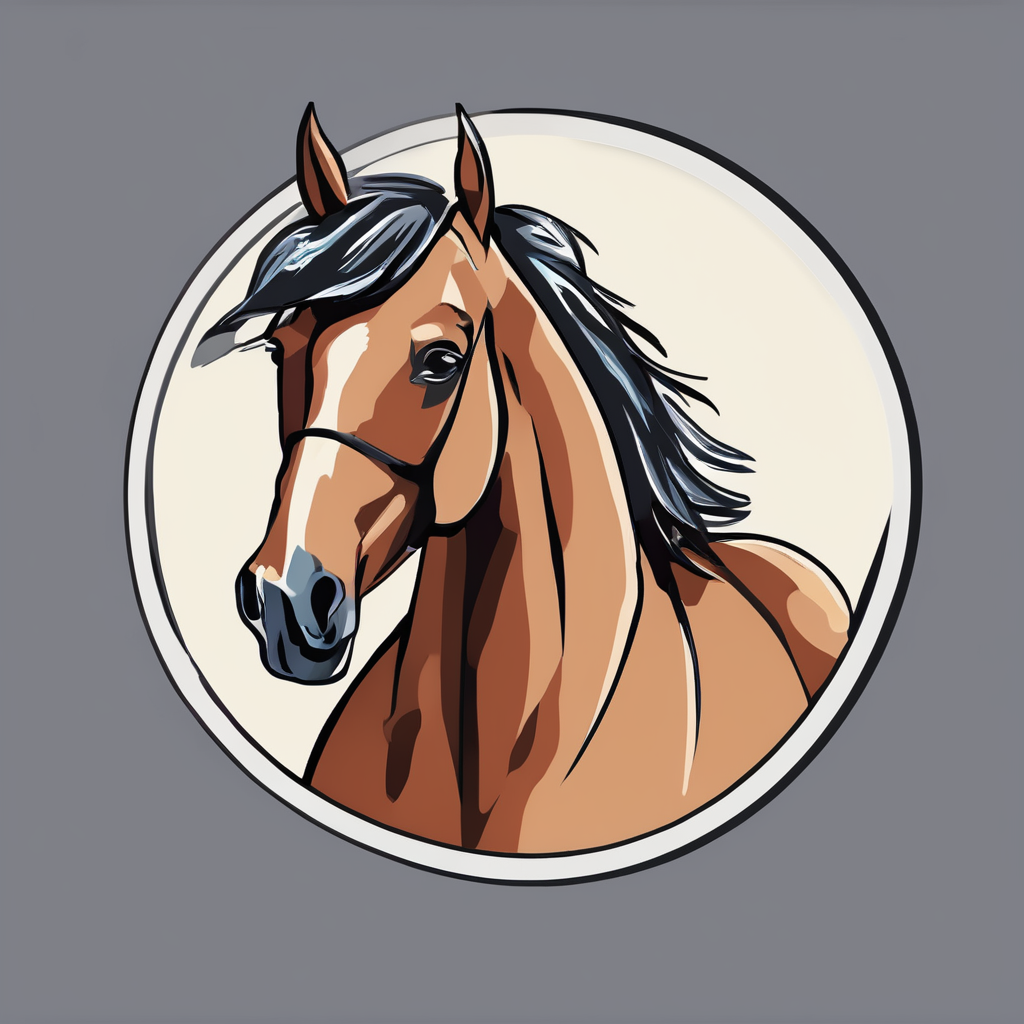Distinctive Physical Characteristics of Cats
Exploring the unique traits that define feline form
Cats possess unique cat features that set them apart drastically from other pets. Their signature fur patterns and texture variations are among the most noticeable aspects of feline anatomy. From sleek single coats to thick double layers, these patterns often serve as camouflage or play a role in temperature regulation. Popular fur patterns include tabby stripes, calico patches, and solid colours, each contributing to a cat’s individuality.
Also to read : Why Do Some Cat Breeds Have Different Coat Patterns?
The eyes are another defining element. Cats exhibit a variety of eye shapes and hues, ranging from bright greens to deep ambers. Their eyes are highly adapted for low-light conditions, boasting exceptional night vision capabilities which allow them to hunt effectively at dawn and dusk.
Whiskers, retractable claws, and a flexible body structure further exemplify their evolutionary refinement. Whiskers serve as sensitive tactile organs, helping cats navigate tight spaces. Retractable claws enable silent stalking and climbing skills, while their agile frame accommodates rapid, precise movements. These anatomical traits come together to create the agile, stealthy, and captivating creatures we know as cats.
Also to discover : How do you train a cat to be more sociable in the UK?
Behavioural Traits That Set Cats Apart
Cats showcase a range of unique cat habits that distinguish their behaviour from other pets. One remarkable aspect of cat behaviour is their diverse communication methods. Cats purr, meow, and often use silent communication techniques like tail movements or eye contact to express emotions. While meowing is primarily a way to interact with humans, purring can indicate contentment or serve as a self-soothing mechanism.
Self-grooming is another key part of cat behaviour. Cats spend a significant portion of their day cleaning themselves, which is essential for hygiene, temperature regulation, and stress relief. This meticulous self-grooming routine also helps cats maintain their sleek appearance and prevents the buildup of parasites or dirt.
Climbing and agility reveal cats’ natural hunting instincts. Their sharp reflexes and balance enable them to leap high or navigate narrow spaces with ease. These physical behaviours tie closely to their ancestral role as skilled predators. Understanding these traits provides insight into how cats communicate and maintain their well-being, reinforcing why these behaviours are vital to their nature and survival.
Genetic Features Exclusive to Cats
Delving into the unique DNA traits that define our feline friends
Cats exhibit fascinating feline DNA traits that set them apart from other animals. One key aspect lies in the genetics underlying coat colours and breed distinctions. For example, the gene responsible for the orange coat is sex-linked, primarily affecting male cats, which explains why male ginger cats are more common than females. Additionally, the dilution gene influences whether a coat appears black or a softer grey tone, illustrating how simple genetic variations create diverse cat appearances.
Beyond coat colour, specific genes contribute to remarkable feline agility and heightened senses. Cats possess genes that promote enhanced night vision, such as the ones regulating tapetum lucidum, the eye layer reflecting light to aid vision in low light. Genes linked to muscle structure impact their graceful, quick reflexes—essential for hunting.
Breed-specific features often trace back to distinct genetic markers. For instance, the Scottish Fold’s unique ear shape results from a dominant gene mutation affecting cartilage, while the short-legged Munchkin breed carries a gene causing shortened limbs. These specialized genetics shape each breed’s identity and performance, emphasizing how cat genetics define both appearance and abilities uniquely.
Comparing Cats to Other Pets
Exploring what sets cats apart from dogs and other animals
Cats vs dogs often come up in debates about the ideal pet. One distinctive cat characteristic is their independence. Unlike dogs, cats usually require less attention and can comfortably entertain themselves for hours. Their grooming habits are also unique; cats meticulously clean themselves, reducing the need for baths.
When comparing cats to dogs, distinguishing cat traits include a more subtle form of affection. Cats often show love through gentle head butts or purring, contrasting with a dog’s exuberant tail wagging and seeking constant interaction. Cats’ agility and stealth are special features: their ability to jump and squeeze into tight spaces is unmatched by most pets.
From real-life examples, cat owners note the calming presence of their feline companions, which contrasts with a dog’s often boisterous energy. Cats are typically quieter, making them suitable for apartment living. Visually, cats’ slit pupils and flexible whiskers serve as both sensory tools and hunting aids, highlighting their predatory nature.
Understanding these unique cat characteristics helps potential pet owners choose the best fit for their lifestyle. Each pet brings distinct joys, but the singular charm of cats lies in their blend of independence and affectionate mystery.
Identifying and Appreciating Unique Cat Features
Discover what makes each cat truly one of a kind
Recognizing cat traits is key to understanding your feline friend’s personality and needs. Start by observing distinctive physical features such as fur patterns, eye colour, ear shape, and tail length. Even subtle differences in these traits can help in identifying individual cats within a breed or mixed ancestry.
When it comes to cat identification tips, focus on behaviour as well. Some cats are more playful, others shy or vocal. Noticing these patterns allows for a deeper appreciation of feline uniqueness beyond physical appearance.
Appreciating the diversity among cat breeds and individuals enriches the pet experience. From the sleek Siamese to the fluffy Maine Coon, each breed carries unique traits tied to its origins. Yet, even shelter cats without a defined breed exhibit diverse characteristics worth recognising.
For pet owners and enthusiasts alike, visual guides and breed profiles offer excellent resources for further exploration. These tools assist in pinpointing subtle details, helping to distinguish between similar-looking cats. By learning more, you not only improve care but also celebrate the wonderful variety in the feline world.

